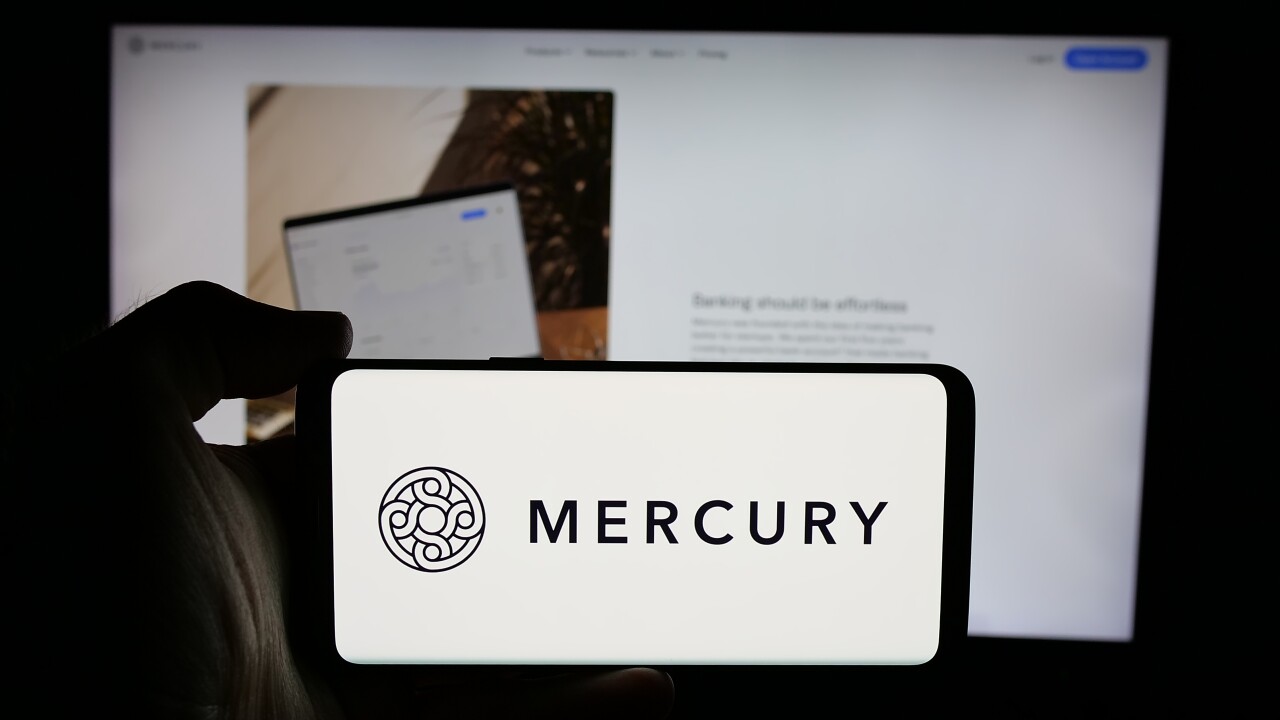For many restaurants that originally put EMV on the
Notably, some restaurants are reaping the benefits of a recent shift in the policies of Visa and American Express, which each announced a
But despite gaining some advantages by dragging their heels, restaurants can’t delay their EMV adoption forever, experts say.
“Paying with a chip card is going to be the expected payment method and behavior expected from consumers in a fairly short time, so ultimately all restaurants will have to convert to EMV,” said Thad Peterson, a senior analyst with Aite Group.
What no one knows is when exactly most restaurants will begin processing the majority of their transactions through EMV-enabled terminals, Peterson said.
Many restaurants are still grappling with the challenges of introducing EMV while simultaneously supporting mobile wallets and gift cards and loyalty programs with everything from drive-through lanes to sit-down dining arrangements.
EMV deters the use of counterfeit cards, but the preferred approach in certain cases asks the user to be present at the terminal to enter a PIN for authentication.This is in sharp contrast to the prevalent method of handling payments at restaurants by carrying the card or cash away from the table, and a common solution among restaurants is to override the PIN prompt.
"I believe we’ll eventually see EMV arrive at restaurants, including handheld wireless payment terminals, but the hardware costs are high, so it will take a while,” Peterson said.
One major problem is that vendors of restaurant payment software have moved extremely slowly in devising practical EMV solutions, experts say.
Even for merchants that moved aggressively to adopt EMV, the certification and testing processes for their new technology
“Many restaurants delayed EMV adoption because they were experiencing fewer chargebacks prior to the liability shift (than other retail sectors), which contributed to an overly cautious approach to chip-card upgrades," said Randy Vanderhoof, executive director of the U.S. Payments Forum, an industry consortium. "Because EMV technology providers didn’t see much demand for it early on, they did not immediately offer many complete EMV upgrade solutions to restaurant owners."
But the logjam for restaurants' EMV adoption is beginning to break up now, many signs suggest.
The card networks’ introduction this year of
Visa's Quick Chip, announced in April, cuts the amount of time the consumer must keep an EMV card in a reader by eliminating certain steps that do not apply to the U.S. market.
“We foresee Quick Chip becoming the standard approach to enabling EMV for merchants just beginning the process, and many restaurants will probably go that way if their (payment technology) suppliers support it,” Ericksen said.
Mastercard also anticipates demand for its M/Chip Fast solution in restaurants where speed is critical. “M/Chip Fast is designed for select environments where fast transaction times, in addition to security, are at a premium, and QSRs are one possibility,” a Mastercard spokesperson said.
First Data Corp. has its own version of faster EMV that works with its Clover point of sale devices.
The company this week announced that the Seattle Seahawks' football stadium, CenturyLink Field, has gone live with EMV-ready Clover terminals for food and beverage purchases throughout the venue. The stadium and adjacent event facility seat 2 million fans and Clover handles all transactions through an integration with Bypass Mobile LLC, which supports payments in diverse venues. First Data has clocked the processing time for its Clover Mini, one of the payment terminals used at Seattle Seahawks games, at 2.93 seconds.
Clover's semi-integrated SDK approach provided a quick path for implementing EMV and ensuring Clover's chip-card transaction is fast, and is independent of any of the shortcuts the payment networks recently announced, said John Beatty, Clover's co-founder and chief technology officer.
"We've been working for months to shave time off EMV transactions so restaurants and all other retailers who use Clover can move transactions through really fast," Beatty said.
Antica Posta, an Italian restaurant with locations in Atlanta and Miami, also recently began using Clover Mini EMV-enabled terminals, First Data said.
Beyond the first two restaurants that deployed Visa's Quick Chip solution to help demonstrate the technology, no others have divulged plans to adopt Quick Chip or M/Chip Fast, but Paris-based EMV certification provider Fime sees a lot of potential for restaurants going that direction soon, said Xavier Giandominici, Fime’s vice president, Americas, in financial services.
Fime last month updated its core EMV implementation so that for the first time it includes a semi-integrated approach to speed up merchants’ EMV certification time, plus the capability to support contactless EMV, mobile wallets and leverage streamlined EMV solutions such as Quick Chip and M/Chip Fast, Giandominici said.
“Merchants like restaurants, and their acquirers, that waited to get moving on EMV now can take advantage of all these new, faster processes to get to chip adoption quickly,” he said.
These breakthroughs can’t come too quickly for payment hardware manufacturers and others that so far have come up short on
“We expect restaurants to be an important growth area for Verifone in 2017,” said Joe Mach, senior vice president of vertical solutions at Verifone, noting that the company has several EMV solutions available for restaurants now under its Verifone FIPay brand and next year Verifone Point, its newest pay-at-the-table solution, will roll out.
Ingenico also expects to see an uptick in demand for EMV-enabled terminals at restaurants next year and it’s developed an array of options for different types of restaurants including terminals, tablets and wireless handheld devices for pay-at-the-table, said Greg Burch, vice president of strategic initiatives for France-based Ingenico’s U.S. arm.
But many restaurants continue to ignore EMV, perhaps waiting for a more perfect moment to make the switch.
New York-based burger chain Shake Shack is rapidly expanding across the U.S, and last month opened its 100th location. Even at its newest locations, Shake Shack is launching with terminals that rely on the older, less secure method of swiping cards instead of chip-enabled equipment. The company declined to comment on when it plans to adopt EMV.





